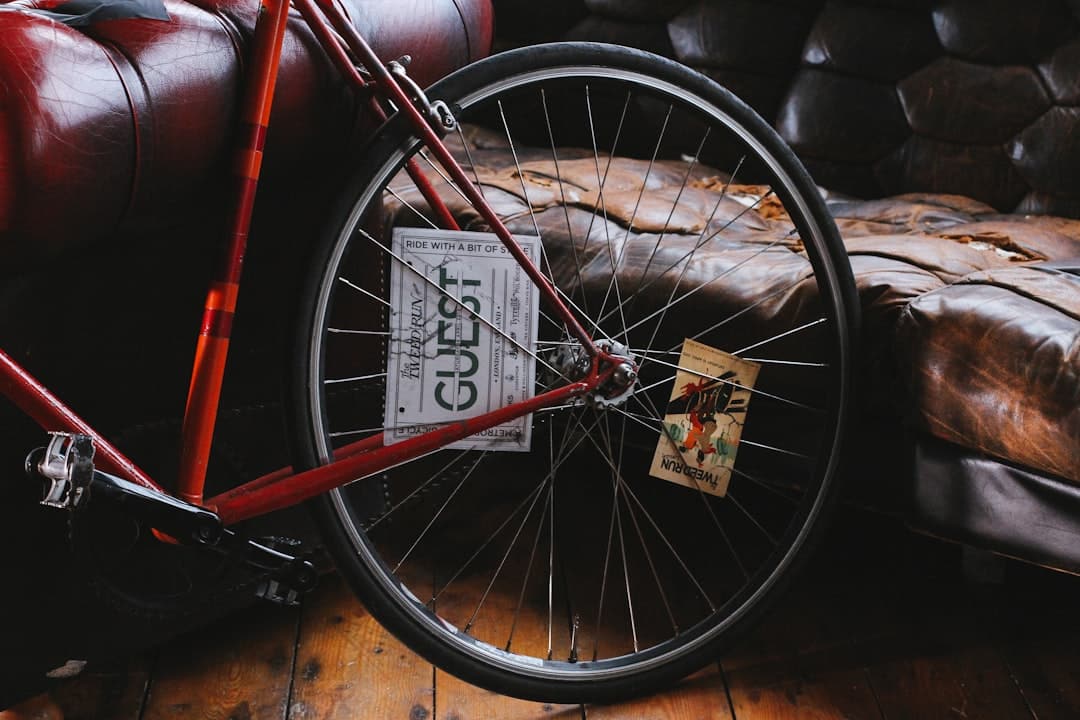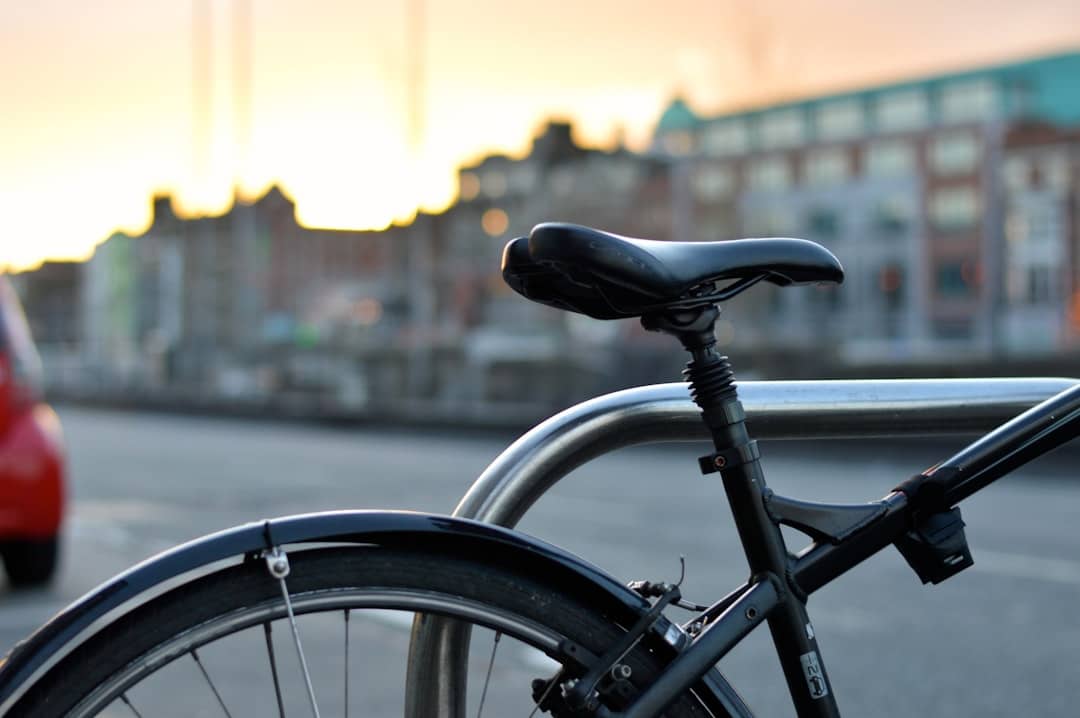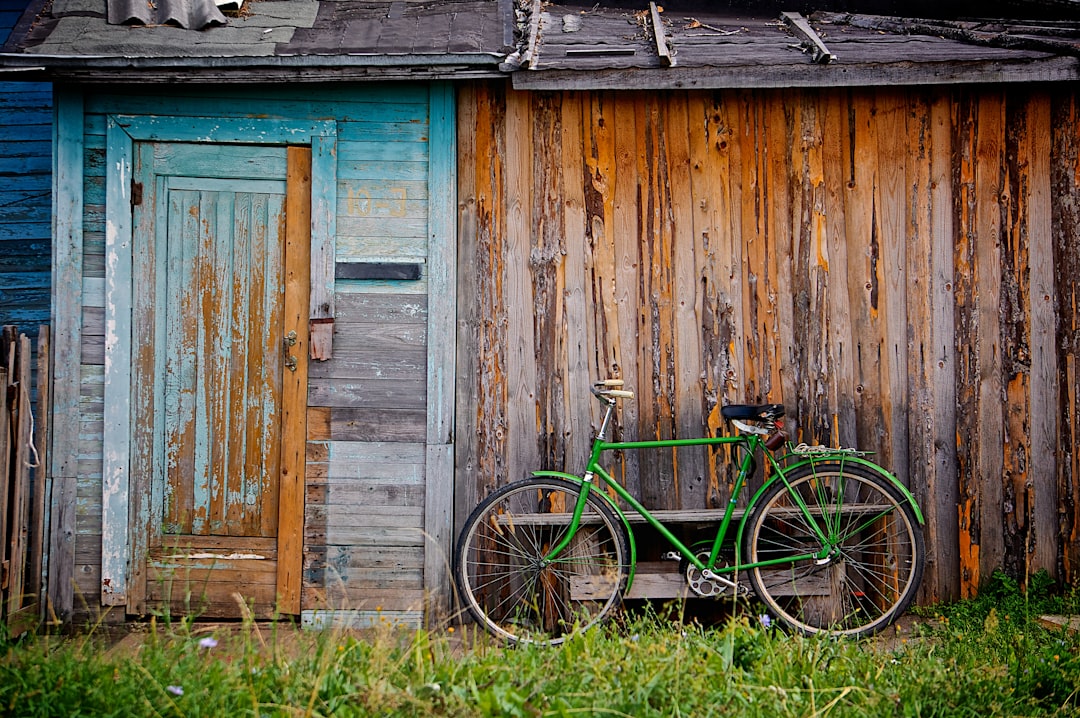|
IN SHORT
|
Choosing the right bike for a child can be a real obstacle course, especially when it comes to a 16-inch model. This bicycle, often considered the essential transition between the tricycle and larger bicycles, must meet specific criteria in terms of safety, comfort and ergonomics. In this ultimate guide, we will explore the different aspects to take into account when selecting the ideal 16-inch bike, in order to support young cyclists in their first two-wheeled adventures while ensuring their well-being and enjoyment. Whether you are a parent, grandparent or a loved one wanting to give a memorable gift, this guide will provide you with practical advice and key information to make the best choice.
Choosing the right bike: a crucial step for young cyclists
Choose one 16 inch bike for your child is not limited to looking at the design or the color. It is an important process that requires careful attention to several factors to ensure safety, comfort and enjoyment. This guide will guide you through the various criteria to consider to select the best bike suited to your needs.
Importance of bike dimensions
The size of the bike plays a vital role in the comfort and safety of the rider. 16-inch bikes are generally suitable for children aged 4 to 6 years, but it is crucial to pay attention to the crotch height of the child to guarantee an optimal fit.
Measure the child’s height
To choose a bike, measure your child’s height while standing, barefoot, with a straight back. It is also useful to check the leg length, as this will influence the child’s ability to pedal comfortably.
Test the bike in store
Once the different sizes have been established, it is recommended to have the child try the bike. This allows you to check if the child can place their feet flat on the ground when sitting on the saddle. This test is essential for safety and the child’s confidence when driving.
The weight of the bike: a determining factor
A bike that is too heavy can be difficult for a child to maneuver, which can discourage the desire to ride a bike. Opt for a lightweight model while ensuring that it is sturdy enough to support the user’s weight.
Construction materials
Consider the frame material. Aluminum bikes are often lighter than steel ones, and offer a good compromise between strength and weight. Also check components like the fork and wheels, which should be made of durable materials.
Total weight of the bike
The total weight of the bike is an indicator of its handling. As a general rule, a 16-inch bike should not weigh more than 10 kg to allow the child to maneuver it easily.
Security equipment
Choosing a bike should never be made without considering the safety aspect. There are several things to consider when purchasing a 16-inch bike.
Adapted brakes
Children’s bicycles must be equipped with effective brakes. Coaster brakes are often recommended for their ease of use, while hand brakes may be a viable option for larger children. Check that the braking system is easily accessible and within reach of the child.
Reflective elements
Reflective elements on the bike increase the child’s visibility, especially in low light. Make sure the model you choose has reflectors on the wheels and possibly an integrated light. This guarantees increased safety when going out at the end of the day.
Comfort and ergonomics
The comfort of the cyclist is sometimes neglected, but it is essential to make the child want to ride a bike. A well-fitted bike will promote a riding position that prevents fatigue.
Adapted saddle
The saddle must be adjustable in height to grow with the child. It is also advisable to opt for a well-padded saddle to maximize comfort during long rides. Test several models to determine which is the best choice for your child.
Handlebars and grips
The handlebars should be at an appropriate and adjustable height, allowing the child to maintain good posture while riding. The handles should provide a good grip, and it may be helpful to opt for models with non-slip reinforcements.
Design and colors
The aesthetic appearance of a bicycle should not be neglected, as it can influence the child’s enthusiasm for using their bicycle. Involving the child in choosing colors and patterns can also strengthen their sense of belonging to the bike.
Personalization
Many designs allow you to add a little fun, like stickers, colorful mudguards or even bells. Choosing accessories that appeal to your child can make cycling even more appealing.
Price and budget
Finally, price is a factor that many parents take into account. It is important to find a balance between quality and cost. A good quality bike may be a better investment in the long term.
Compare models
Before making a decision, compare the different models available on the market. Sites like West France offer a comparative of the best bikes, which can make your approach easier.
Take promotions into account
When looking for a bike, keep an eye out for special offers or sales events. This can allow you to acquire a quality bike at a reduced price.
| Criteria | Advice |
| Child size | Make sure the bike fits your child’s height. |
| Bike weight | Opt for a lightweight model for easier handling. |
| Security | Check the presence of suitable brakes and protections. |
| Materials | Choose durable and resistant materials. |
| Comfort | Choose an adjustable seat for better comfort. |
| Accessories | Check the availability of accessories like mudguards. |
| Budget | Determine your budget and compare options. |
| Aesthetic | Choose a design and color that appeals to the child. |
- Recommended age : Ideal for children aged 4 to 7 years.
- User Height: Suitable for children between 105cm and 125cm tall.
- Type of bike: Suitable leisure bikes, BMX or mountain bikes.
- Weight of the bike: Choose a lightweight model for easier handling.
- Braking system : Front and rear brake, with coaster brake option.
- Comfort : Padded saddle and adjustable handlebars.
- Accessories : Bell, light and mudguards for extra safety.
- Design: Attractive colors and patterns to appeal to children.
- Budget : Evaluate the quality-price ratio, avoid models that are too cheap.
- Driving test: Let the child try the bike before purchasing.
Bike maintenance tips
Regular cleaning
Regular cleaning helps keep the bike in good condition. Use soapy water to clean the frame, wheels and chain. Avoid using aggressive products that could damage the bike’s materials.
Checking brakes and tires
Before each ride, check that the brakes are working properly and that the tire pressure is optimal. This ensures that the bike is ready to ride safely.
Venturing into Cycling Communities
Engaging your child in cycling communities can enhance the cycling experience. Participating in local clubs or events can support your child’s learning and skills on their bike.
Participate in local events
Many cycling clubs organize events for young cyclists. This is a great opportunity for your child to meet and learn from others. Such events promote learning outside the home environment.
The choice of accessories
Accessories can also play an important role in the cycling experience. Equipment such as a helmet, reflective vest and gloves are items that should not be neglected.
A good helmet
Wearing a helmet is essential for safety. Make sure it fits properly and meets current safety standards. Many helmets are designed with adjustment systems to suit different head sizes.
Other useful accessories
Besides the helmet, accessories like a small tool kit, pump and cup holder can greatly enhance the cycling experience, making rides more enjoyable and convenient.
Encourage regular practice
Encouraging your child to cycle regularly is essential for developing their skills and confidence. Incorporating cycling into your child’s daily life can also promote an active and healthy lifestyle.
Organize family outings
Plan family bike rides. Whether it’s a simple walk in the park or a longer excursion, these moments are an opportunity to strengthen family bonds while playing sports.
Involve friends
Encourage your child to invite friends to ride together. This creates a fun and motivating environment, making each outing an exciting adventure.
Exploring new routes
The diversity of places to cycle can make the experience even more rewarding. Exploring different routes also helps develop your child’s driving skills.
Choose suitable routes
Start with routes suitable for young cyclists, such as cycle paths or flat paths. Once the child becomes more comfortable, you can explore more varied paths and even hills.
Use apps for cyclists
Many apps allow you to follow routes and discover new places to explore. This can be a great way to get your child to get out and explore while having fun.
Evaluate the evolution of your needs
Finally, as a parent, it is important to regularly evaluate whether the 16-inch bike you have chosen is still suitable for your child. As he grows, his needs and preferences will change.
Monitor height and weight
Observe your child’s growth. If the bike becomes too small or too heavy, it will probably be time to consider a model with an appropriate size for his age and stature.
Anticipate future needs
Don’t wait until your child is cramped to consider a new purchase. By taking the lead, you ensure that your little cyclist enjoys maximum comfort and safety during their excursions on two wheels.
Get informed and stay up to date
Constantly searching for information on what’s new, as well as cycling equipment and trends, can be very helpful. This allows you to make informed decisions and not miss anything important for the safety and enjoyment of your child.
Sources of information on cycling
Sites like Frandroid And other resources can provide buying guides and comparisons on the best models. This allows you to be well informed about equipment developments.
Finalize your purchasing decision
With all these considerations, you are now better equipped to choose the ideal 16-inch bike for your child. Whether it’s weight, safety or comfort, every detail counts to ensure your child can make the most of their cycling adventures.
Acquire the ideal bike
Remember, the best bike for your child is the one that they like and that meets their specific needs. Every child is different, and it is crucial to make a personalized choice that will motivate them to ride.
Instill the values of cycling
By guiding your child through the process of choosing and using a bicycle, you are also teaching them valuable values such as perseverance, safety and respect for other road users, which will serve them for life.
A: A 16-inch bike is generally recommended for children ages 4 to 6, depending on their height and development.
A: To determine if a bike is suitable, have the child sit on the saddle. The feet should touch the ground and the legs should be slightly bent.
A: 16-inch bikes are lightweight, easy to maneuver and suitable for smaller sizes, making them ideal for learning to ride a bike.
A: Yes, it is strongly recommended that children wear a helmet for their safety and to prevent injury in the event of a fall.
A: Look for a bike with quality brakes, a lightweight frame, sturdy wheels and possibly adjustable handles to accommodate the child’s growth.
A: Yes, most 16 inch bikes require minimal maintenance. Check the brakes, tires and chain regularly to ensure proper operation.
A: Some well-known brands for children’s bikes include Woom, Puky, and Trek, all of which offer quality models to suit different budgets.
A: Yes, it is possible to find used bikes in specialized stores or on online platforms, but be sure to check their condition before purchasing.




